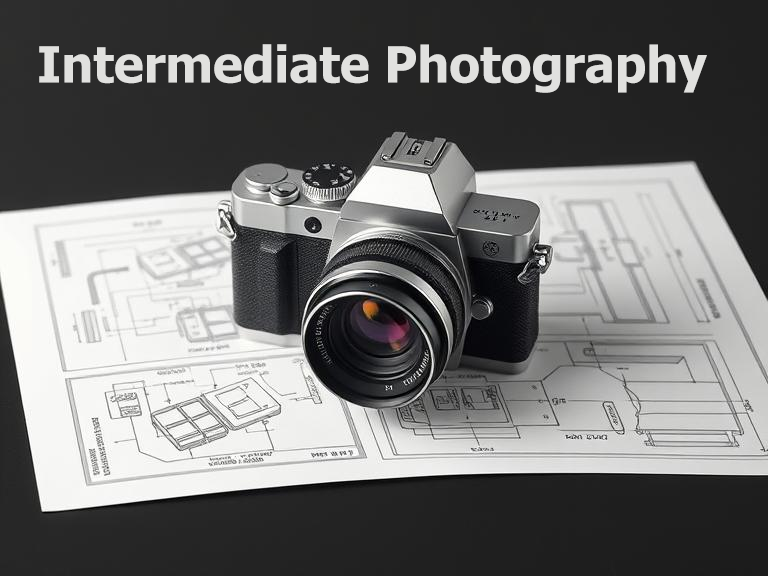Enhancing portraits with creative lighting techniques is a fundamental skill for photographers seeking to elevate their artistry. It involves a combination of understanding light properties, utilizing various equipment, and executing innovative ideas. Mastery in this domain not only enhances the aesthetics of portraits but also captures the subject’s essence, mood, and personality.
Lighting is the cornerstone of portrait photography. It defines shapes, creates moods, and highlights emotions. The direction, intensity, color, and quality of light impact how a subject is perceived. Understanding these elements allows photographers to craft images that stand out.
One essential technique is using natural light creatively. Natural light, with its unlimited possibilities, can create soft and flattering images. Shooting during the golden hour, shortly after sunrise or before sunset, provides a magical, warm glow. This time of day softens shadows and wraps subjects in a beautiful, even light. Diffusing direct sunlight with reflectors or diffusing panels can help eliminate harsh shadows and create a more balanced exposure.
Artificial lighting provides control and flexibility. Off-camera flash is a powerful tool that enables photographers to manipulate light angles and intensity. Positioning an off-camera flash to the side creates dramatic contrasts and depth through shadows. Modifiers such as softboxes and umbrellas soften flash output, yielding gentle light that mimics natural sources.
Incorporating creative lighting setups can transform ordinary portraits into extraordinary works of art. Rembrandt lighting, named after the famous painter, involves a light positioned at a 45-degree angle from the subject. This technique forms a distinctive triangle of light on the cheek opposite the light source, adding dimension and classical drama to portraits.
Butterfly lighting, identified by a distinct shadow under the nose, is achieved by placing a light source directly above and in front of the subject. This setup is often employed for glamorous shots as it accentuates facial features and creates a polished, symmetrical look.
Split lighting divides the face into equal halves of light and shadow by placing the light source 90 degrees to the subject. This technique evokes mystery and defines facial structures, making it ideal for more intense, moody portraits.
For softer, more intimate portraits, backlighting can be utilized. Positioning the light source behind the subject creates a halo effect and enhances the separation from the background, adding a touch of ethereal beauty. This technique is particularly effective in outdoor settings where sunlight can be used as a natural backlight.
Colored gels offer another dimension of creativity. Attaching gels to lights introduces vibrant colors into portraits. These colors can evoke specific emotions or highlight certain elements within the frame. For instance, blue gels can impart a cool, tranquil feel, while red gels add intensity and warmth.
Playing with shadows can yield captivating effects. Shadow casting allows photographers to use objects like lace, foliage, or blinds to create intricate patterns on the subject’s face or background. This interplay of light and shadow adds an intriguing element to portraits, engaging the viewer’s interest.
Reflectors, a staple in portrait photography, bounce light onto the subject, reducing shadows and filling in areas that would otherwise lack detail. Silver reflectors produce stronger, more vibrant highlights, while gold reflectors add warmth, enhancing skin tones.
Experimenting with light modifiers opens a world of creative possibilities. Ring lights produce even light with pleasing catchlights in the subject’s eyes, often used in beauty and fashion photography. Snoots focus light into a narrow beam, allowing for precise control over where the light falls, useful for highlighting specific features or details.
Another technique, high-key lighting, involves using multiple light sources to eliminate most shadows, creating a bright, airy feeling in portraits. This style is often used in commercial and fashion photography due to its clean, polished appearance.
Conversely, low-key lighting relies on minimal illumination, emphasizing shadows to create a sense of mystery and drama. This technique suits emotional or dramatic themes, capturing the subject’s depth and complexity.
Incorporating practical light sources, such as candles, lamps, or neon signs, can add an authentic and spontaneous feel to portraits. These sources introduce color and texture, enhancing the atmosphere and narrative of the image.
Understanding the inverse square law is crucial in controlling light falloff. Light intensity decreases exponentially with distance; thus, positioning lights closer to the subject increases contrast, while moving them further creates a softer, more even spread.
Finally, storytelling through lighting involves a deliberate choice of techniques to reflect the narrative or emotions intended. Asking questions about the mood, purpose, and message of the portrait guides these choices, ensuring that every light decision serves the overall artistic vision.
These creative lighting techniques enrich portrait photography, enabling artists to convey stories and evoke emotions effectively. Mastery evolves with practice and experimentation, transforming light from a simple tool into a powerful medium for artistic expression in portraits.


